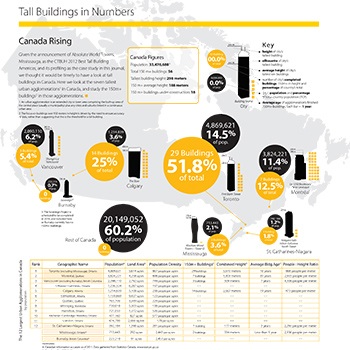Filter by
You must be a CTBUH Member to view this resource.
Le 1250 Boulevard Rene-Levesque
La Tour IBM-Marathon
Building
Completed, 1992
H3B 4W8
office
concrete
226.5 m / 743 ft
47
900
28
95,237 m² / 1,025,123 ft²
You must be a CTBUH Member to view this resource.
You must be a CTBUH Member to view this resource.
Construction Start
Completed
Usually involved in the front end design, with a "typical" condition being that of a leadership role through either Schematic Design or Design Development, and then a monitoring role through the CD and CA phases.
The Design Engineer is usually involved in the front end design, typically taking the leadership role in the Schematic Design and Design Development, and then a monitoring role through the CD and CA phases.
You must be a CTBUH Member to view this resource.
Usually involved in the front end design, with a "typical" condition being that of a leadership role through either Schematic Design or Design Development, and then a monitoring role through the CD and CA phases.
The Design Engineer is usually involved in the front end design, typically taking the leadership role in the Schematic Design and Design Development, and then a monitoring role through the CD and CA phases.
Warm Weather Spaces Walking Tours 2015
17 September 2015 - Event
CTBUH Research: Canada Grows Taller
1 December 2012 - CTBUH Research

21 October 2010 | Montreal
Lynn S. Beedle Lifetime Achievement Award: From New York to Shanghai: A Lifetime of Tall
William Pedersen, Partner, Kohn Pedersen Fox Associates. Mr. Pedersen’s approach to design has been one that weds formal and technical originality with a modesty informed...

01 December 2012
CTBUH Research
Twenty-six buildings taller than 150 meters have been built in Canada since 2005 and it added four buildings taller than 200 meters in 2012, the...
17 September 2015
The CTBUH Urban Habitat / Urban Design Committee organized guided walking tours of 16 cities around the globe, focusing on urban habitats around tall buildings.
Subscribe below to receive periodic updates from CTBUH on the latest Tall Building and Urban news and CTBUH initiatives, including our monthly newsletter. Fields with a red asterisk (*) next to them are required.
View our privacy policy